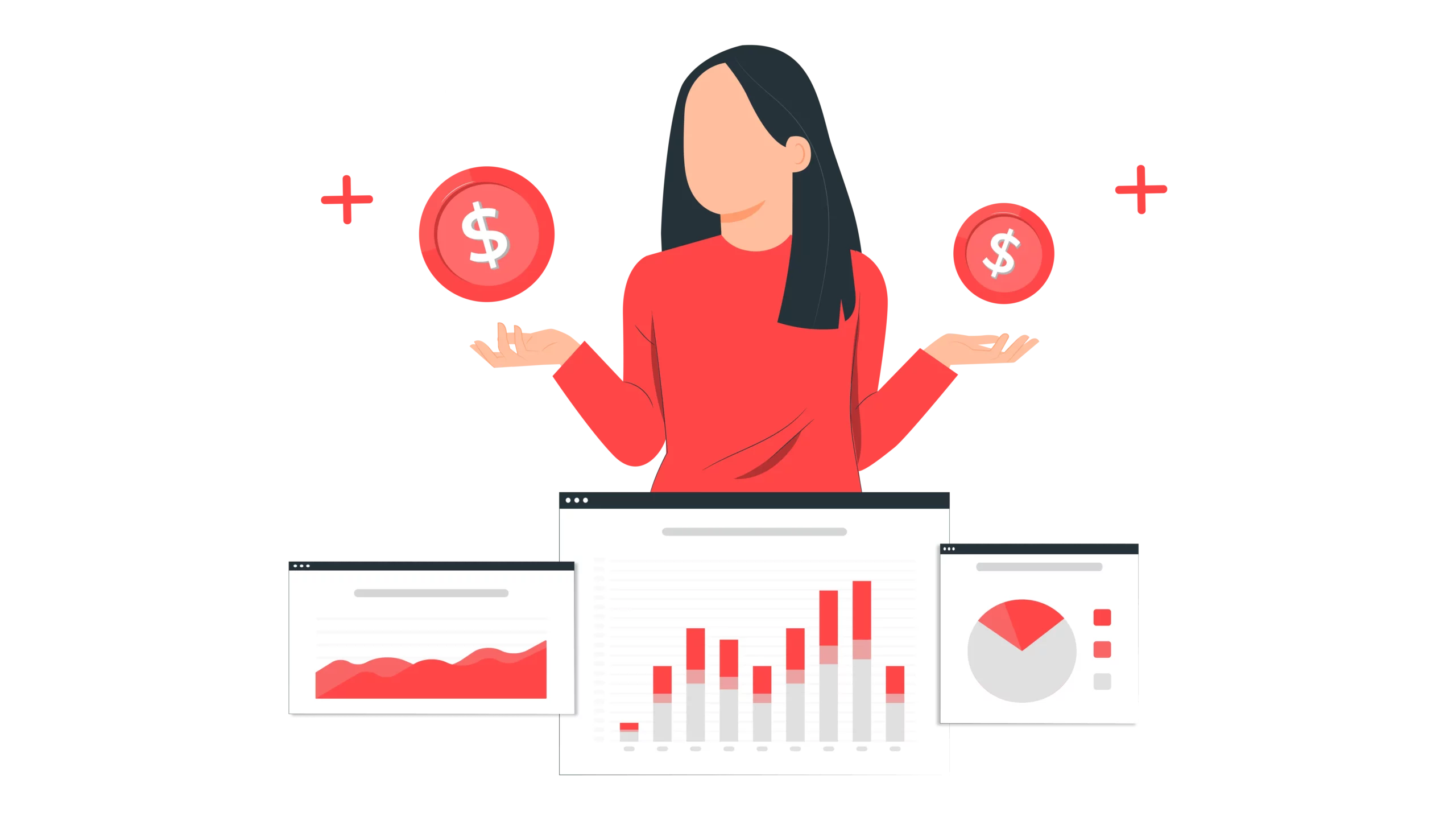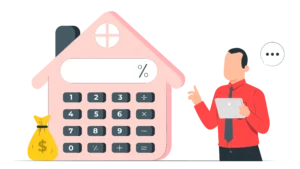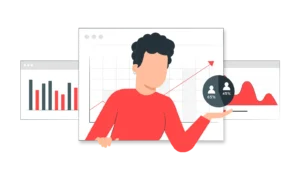Updated : Nov 19, 2025
When running an independent property, you face unique challenges: high operating costs, limited staff, and competing with large hotel chains. Today, dynamic pricing is no longer a “nice-to-have”; it is the essential, data-driven strategy that empowers you to maximize profit and stand shoulder-to-shoulder with the giants.
As per a report by, The Business Research Company, the dynamic pricing software market is projected to reach $3.53 billion by 2025, proving that sophisticated, real-time rate adjustments are now mainstream. While vacation rentals (VRs) pioneered many of these techniques—achieving revenue increases of up to 36.3%—it’s time for independent hoteliers to adapt these proven lessons and apply them to their own operations.
The Rise of Dynamic Pricing in Hospitality
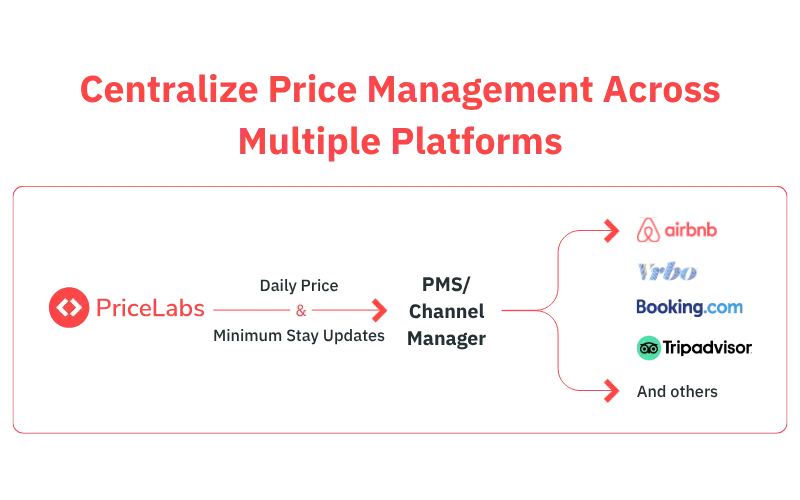
Dynamic pricing is a technology-driven approach that automatically adjusts your room rates in real-time. This is a critical departure from the old model of static, seasonal, or manual pricing.
For the small hotel owner, this shift is driven by necessity:
- Inflation Pressures: Maximizing revenue per available room (RevPAR) is essential to maintain profit margins.
- Agile Response: Shifting travel patterns demand rates that can respond instantly to booking trends or market shocks.
- Technological Maturity: Modern Revenue Management Systems (RMS) now use Artificial Intelligence (AI) and Machine Learning (ML) to process vast amounts of real-time data—from competitor pricing and booking pace to local event calendars—a task that would be impossible for a human manager to perform manually.
Hotels that rely on manual adjustments are at a severe disadvantage. The ability to make rapid pricing adjustments often determines whether you capture peak demand or miss the revenue opportunity entirely.
Transform your hospitality approach today
Discover actionable strategies tailored for small hotel owners and managers creating unforgettable stays for your guests & expanding revenues for your hotel!
Start your 30-day FREE trial now!Key Trends Shaping Your Pricing Strategy
You need to understand the concepts your competitors—both hotels and large VR operators—are leveraging:
- AI and Machine Learning Integration: These tools continuously process information from your PMS and the market, refining the pricing algorithms based on performance outcomes. They ensure your rates are always getting smarter.
- Length-of-Stay (LOS) Pricing Models: You must encourage longer bookings. This involves adjusting nightly rates based on a guest’s stay duration, and offering strategic discounts to incentivize extended stays that improve your operational efficiency and guest lifetime value.
- Real-Time Responsiveness: The market waits for no one. Your pricing system must be non-negotiably able to adjust rates instantly in response to sudden changes in demand, whether from a weather event, a local conference sell-out, or a competitor running a new promotion.
- Personalization: Guests expect more than just a standard rate. The trend toward guest-centricity means using data (loyalty status, booking history) to deliver customized rate offerings and packages.
How Vacation Rentals Pioneer Dynamic Pricing Techniques

The agile vacation rental industry has served as a successful testing ground. Their flexibility allowed them to experiment, resulting in measurable wins that you can now adopt:
| VR Success Metrics (You Can Achieve) | Improvement |
| Revenue Increase | Up to 36.3% |
| Nights Booked | Up to 37.3% |
| Cancellation Rates | Reduced by approximately 20% |
VR operators have shown that agility pays. By quickly adjusting rates in response to demand, they capitalize on both peak-season opportunities and off-season revenue generation.
3 Proven VR Techniques You Must Adopt
- Strategic Length-of-Stay (LOS) Discounts: VRs excel at offering rate adjustments that reward guests for extended visits. Apply this to your hotel by offering a steeper discount for 3+ or 5+ night bookings to reduce turnover and cleaning costs.
- Sophisticated Event-Based Pricing: VRs use automated systems to monitor every local festival, conference, and holiday. They adjust rates proactively, ensuring they maximize revenue opportunities that a manual check might miss.
- Continuous Market Monitoring: Their systems analyze competitor pricing and booking pace on an ongoing basis. This capability sets the standard for responsiveness, allowing you to instantly recalibrate rates to stay competitive while optimizing profit.
Tool Talk: Understanding Your System’s Focus
While the goals are the same—maximize revenue—the tools used by hotels and vacation rentals have fundamentally different design priorities. You must select an RMS that prioritizes your complex operational needs.
| Category | Hotel Dynamic Pricing Tools | Vacation Rental Dynamic Pricing Tools |
| Data Sources & Integration | Complex PMS and Channel Manager integration, multiple OTAs, rate parity management. | Focus on individual listings, unique amenities, localized data. |
| Optimization Focus | Room Inventory Management, rate parity across channels, group bookings. | Listing uniqueness, property-level customization, owner preferences. |
| Automation Flexibility | Bulk pricing updates across multiple room types simultaneously. | Property-level rate automation for unique floor plans. |
Your hotel operates with a sophisticated PMS that connects to multiple OTAs. This requires a tool capable of handling bulk updates across various sales channels while managing strict rate parity constraints—something the older VR-focused tools struggled with.
Applying VR Lessons to Your Hotel Pricing Strategies

You can apply the flexibility and responsiveness of the VR market while managing the complexity of your hotel operation.
Implementing Flexible Pricing Structures
Move beyond simple seasonal rates and implement strategies that automatically adjust based on two factors:
- Lead Time: Offer a small incentive (or a lower price) for very early bookings, but ensure your price escalates sharply as you approach the arrival date.
- Stay Duration: Use LOS pricing to offer a discount for extended stays. This is crucial for improving operational efficiency.
Use Event-Driven Pricing Triggers
Implement automated systems that monitor local events, conferences, and festivals. Your RMS should proactively raise rates in response to these demand spikes, ensuring you capture maximum value without requiring a manual calendar check every week.
Monitor Booking Pace and Channel Mix
Track how quickly your rooms are selling across your different channels (Direct, Booking.com, Expedia, etc.). If a specific channel or room type is selling out too fast, you are underpriced. If it is lagging, you need to adjust your strategy for that segment. A data-driven approach to pricing will significantly improve your occupancy and revenue stability.
The Future: AI, Personalization, and Total Revenue Optimization
The next frontier of dynamic pricing is already here.
1. Enhancing Revenue with AI and Real-Time Data
Modern AI-powered systems can manage rates with hourly updates based on live market signals. This level of responsiveness ensures you are always capturing peak demand.
Crucial Insight: While AI provides powerful capabilities, expert human oversight remains vital. You need to set strategic parameters and monitor performance, ensuring the algorithms align with your business goals and avoid short-sighted decisions that damage guest relationships.
2. Personalization and Guest-Centric Pricing
Guests expect a tailored experience. Personalization means adjusting rates based on:
- Loyalty Status: Offer incentives or exclusive packages to reward repeat guests.
- Booking History: Target guests with offers that reflect their past spending and service preferences.
Effective personalization extends to offering flexible add-on options and customized stay packages that bundle services—creating perceived value for the guest while optimizing your revenue.
3. Total Revenue Optimization (TRevPAR)
The most advanced strategy is extending dynamic pricing beyond just the room rate. Your goal should be Total Revenue Optimization (TRevPAR):
- Ancillary Services: Dynamically price your Food & Beverage (F&B) offers, spa services, parking, and upgrades based on capacity and demand.
- Meeting & Event Space: Apply demand-based pricing to conference rooms and event facilities, maximizing revenue from these high-value services.
How PriceLabs Can Help You Master Dynamic Pricing
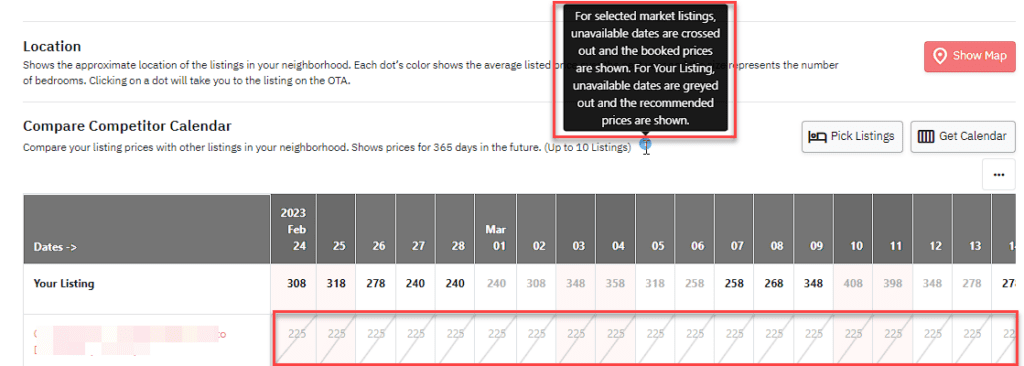
As the leading revenue management platform that excels in both the VR and independent hotel space, PriceLabs is uniquely positioned to help you implement these advanced, data-driven strategies.
- Seamless Integration: PriceLabs integrates with all major Property Management Systems (PMS) and Channel Managers, ensuring your bulk pricing updates are instantly and accurately reflected across every OTA and your direct website, maintaining crucial rate parity.
- Advanced Market Analysis: Our system processes data on competitor rates, booking pace, and local event calendars, allowing our proprietary algorithms to make optimal pricing decisions hourly.
- LOS and Occupancy Adjustments: You can easily set up powerful Length-of-Stay adjustments and Portfolio Occupancy-Based Adjustments (if you manage multiple units) to automatically incentivize longer stays and prevent your inventory from being sold too cheaply.
- Strategic Control: We give you the confidence to automate, but the control to customize. You maintain complete control over your Min, Base, and Max Prices, ensuring the AI works within your profitability targets.
Wrapping Up:
Dynamic pricing is the key to unlocking hidden revenue and ensuring your independent property thrives in the competitive hybrid landscape. By implementing flexible LOS pricing, leveraging AI for instant rate adjustments, and maintaining strict human oversight on your core parameters, you are not just keeping up—you are setting a new standard for profitability and operational efficiency. You are empowering yourself to win.
Frequently Asked Questions (FAQs)
Q: What is dynamic pricing for hotels, and how does it work?
Dynamic pricing is an automated strategy where room rates adjust in real-time based on multiple factors: supply, demand patterns, occupancy, competitor pricing, and market events. The system uses AI-driven algorithms to analyze this data and automatically update rates to optimize both RevPAR and occupancy without manual intervention.
Q: What is the main benefit of adopting techniques from vacation rentals?
The main benefit is increased agility and flexibility. Vacation rentals pioneered the use of Length-of-Stay (LOS) pricing and highly sophisticated event-driven pricing triggers. By adopting these, hotels can better capture demand spikes, reduce costly turnover, and achieve improved revenue stability.
Q: What common pitfall should I avoid when implementing dynamic pricing?
The most common pitfall is over-reliance on algorithms without adequate human oversight. You must avoid the temptation to constantly manually adjust daily rates. Instead, focus your expertise on setting the strategic parameters (Min, Base, and Max Prices), ensuring data quality, and regularly monitoring system performance against your financial forecasts.


